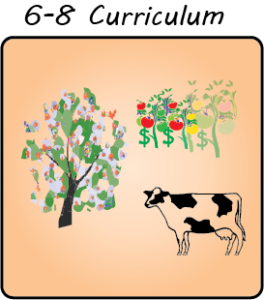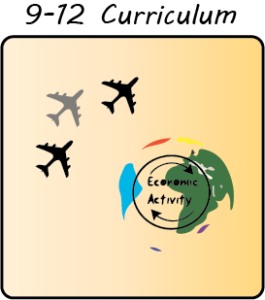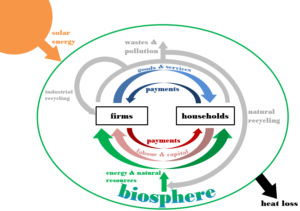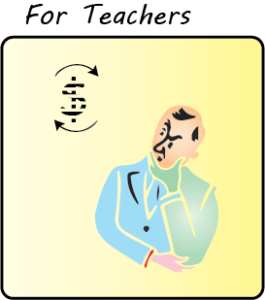<!doctype html>
K-12 Steady State Economics
Why K-12 education?
The Transition to a Sustainable Economy
In the last 10,000 years, humans have experienced rapid economic growth and technological progress. In the 21st century we will have to balance economic activity and ecological regeneration. This means that democracies will have to determine the optimal size for the economy, the size that balances economic benefits with sustainability and the benefits to society from ecosystems. This will require educated citizens, economists, consumers, and businesspeople. To this end, CASSE is developing a Steady State Economy K-12 curriculum in collaboration with schools in Northern Virginia and the greater D.C. area.
At this website, you will find many of the preliminary resources we have developed for teaching steady state economics in K-12 classrooms. Our curricula can be adapted to many particular classroom settings. We have worked with teachers to develop projects for natural science and social science settings. Make sure to contact us, if you would like to learn more.

Curriculum for ages 7-10
Our 3-5 curriculum focuses on developing a basic understanding of economic activity, economic growth, and balance between the human economy and nature’s economy.

Curriculum for ages 10-14
Behind every economic transaction is a transformation of matter and energy, of which the ultimate source is the sun. From this perspective, managing economic activity depends on managing stocks and flows of energy and matter.

Curriculum for ages 14-18
The greatest task for democracy in the 21st century is to figure out the ‘right size’ for the economy. Sustainable scale refers to a size in which respects the rights of future generations. Optimal scale takes into account the benefits we get from nature which we do not account for in market transactions.
ECONOMICS

Steady state economics is based on macroeconomics. Currently we have many macroeconomic instruments set according to goal of a growth-based economy. We regulate the amount of money which is in the economy with our fiscal policy, our monetary policy, and banking reserve requirements according to a vision of perpetual growth. A steady state economy will require policies that focus on stabilizing economic activity rather than perpetually increasing it.
This implies a new responsibility for citizens. Based on an understanding of ecological services and ecological constraints, citizens will be required to determine the right size of the economy.
In addition, this implies a change within microeconomics. While we will still see growth and decline in firms, the pace will be slowed, and efficient economic activity will account for the benefits we receive from nature. Many policy tools can be used to incentivize economic activity which makes efficient use of our resources.
